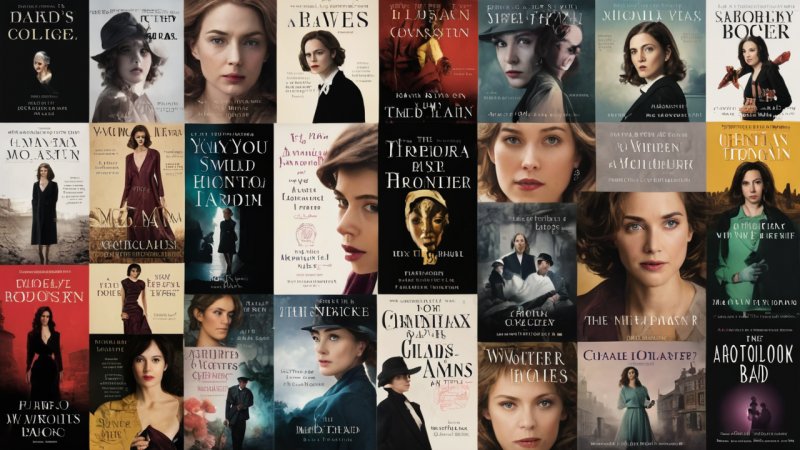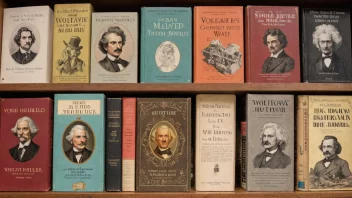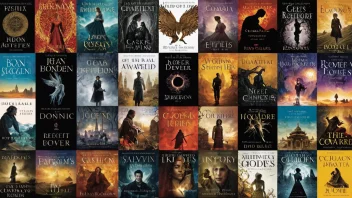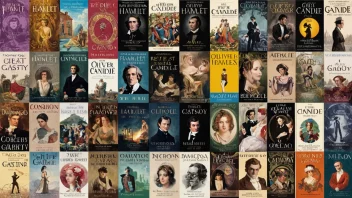Mystery literature has long captivated readers with its intricate plots, unexpected twists, and complex characters. Over the years, this genre has evolved significantly, reflecting societal changes and cultural movements. One of the most prominent shifts in recent decades is the incorporation of feminist themes within mystery narratives. This article explores the relationship between mystery literature and feminism, comparing traditional mystery tropes with contemporary feminist perspectives. We will delve into the advantages and disadvantages of each approach, examining how they shape the genre and influence readers' understanding of gender roles.
Historical Context of Mystery Literature
To appreciate the evolution of mystery literature, it's essential to understand its historical context. The genre gained popularity in the 19th century with the works of authors like Edgar Allan Poe and Arthur Conan Doyle. These early mysteries often featured male protagonists and adhered to traditional gender roles, where women were frequently portrayed as damsels in distress or secondary characters.
Traditional Mystery Tropes
In traditional mystery literature, the male detective typically embodies traits such as rationality, strength, and authority. The plot often revolves around a crime that must be solved, with little focus on the emotional or psychological depth of female characters. The following points highlight the pros and cons of this approach:
- Pros: The structure is straightforward, allowing for engaging plots and suspenseful storytelling. Established tropes create familiarity for readers.
- Cons: The lack of depth in female characters can reinforce harmful stereotypes, limiting the portrayal of women to mere plot devices.
The Rise of Feminism in Mystery Literature
The feminist movement, particularly from the mid-20th century onwards, brought significant changes to various literary genres, including mystery. Contemporary feminist authors have sought to challenge the status quo by presenting strong, multifaceted female protagonists and highlighting social issues related to gender inequality.
Feminist Themes in Mystery
Modern mystery literature often weaves feminist themes into its narratives, creating a richer and more nuanced reading experience. Here are some notable aspects of this shift:
- Empowered Female Protagonists: Many contemporary mysteries feature female detectives or amateur sleuths who defy traditional gender norms. These characters are often portrayed as intelligent, resourceful, and capable of solving complex cases.
- Exploration of Gender Issues: Feminist mystery literature delves into topics such as domestic violence, sexual assault, and societal expectations of women. These themes not only provide depth but also resonate with readers by reflecting real-world issues.
- Complex Relationships: The relationships between characters, particularly between women, are explored in greater depth, promoting solidarity and sisterhood rather than competition.
Comparative Analysis: Traditional vs. Feminist Mystery Literature
When comparing traditional mystery literature to feminist narratives, several key differences emerge:
Character Development
Traditional mystery novels often lack in-depth character development for female roles, whereas feminist mystery literature prioritizes the complexity and agency of its characters.
Traditional:
Women are often side characters or victims, lacking agency and depth.
Feminist:
Female characters are well-rounded, with their own motivations, flaws, and strengths, contributing to the plot in meaningful ways.
Plot Focus
Traditional mysteries primarily center around the crime itself, while feminist mysteries often intertwine personal stories with broader social commentary.
Traditional:
The plot is linear, focusing mainly on the resolution of the mystery.
Feminist:
The narrative may include subplots addressing social issues, enriching the overall story.
Reader Engagement
Feminist mystery literature tends to engage readers on a deeper emotional level by addressing relatable experiences and social injustices.
Traditional:
Readers may enjoy the thrill of the mystery but might not connect with the characters on a personal level.
Feminist:
Readers are often drawn into the characters' struggles, fostering empathy and understanding of complex societal issues.
Conclusion
The relationship between mystery literature and feminism showcases the evolution of storytelling within the genre. While traditional mystery literature established foundational tropes, feminist narratives have enriched the genre by introducing empowered female characters, exploring social issues, and fostering deeper reader engagement. Ultimately, both approaches offer unique contributions to the literary landscape, but feminist mystery literature provides a more inclusive and thought-provoking experience for contemporary readers. As we continue to explore the intersection of feminism and mystery, it becomes clear that stories have the power to challenge norms and inspire change.






